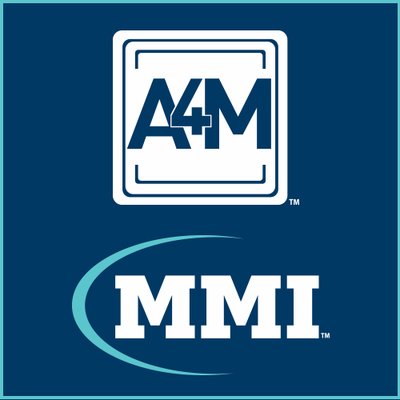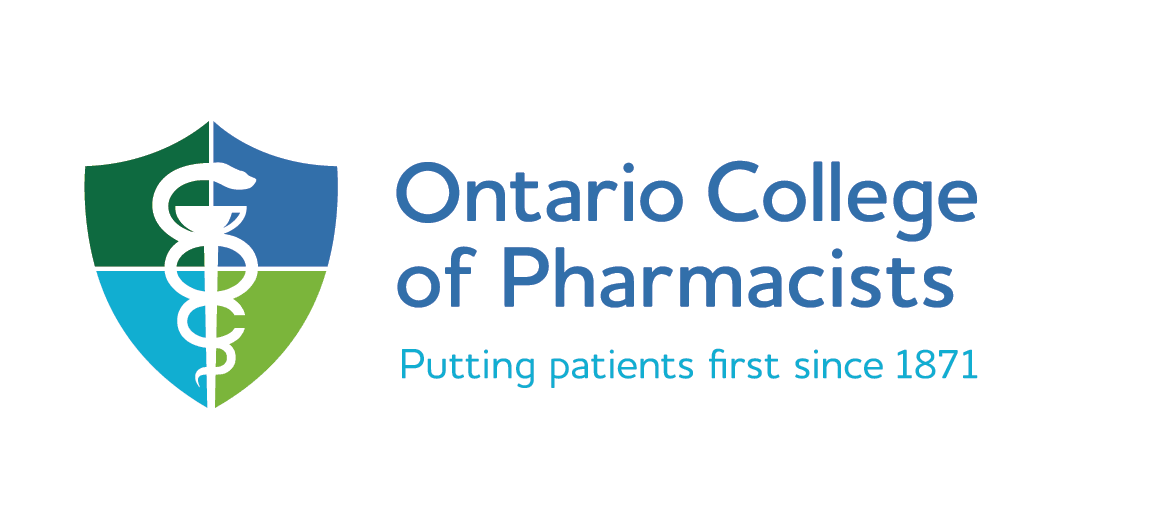Atropine Eye Drops FAQ
If you’ve ever had your eyes examined for a new pair of glasses, chances are you’ve had some experience with atropine eye drops. Ophthalmic Atropine is used to dilate the pupils during an eye exam by relaxing the muscles that cause the eyes to focus. This allows optometrists to examine a patient’s vision more effectively and offer the best diagnosis and treatment options. However pediatric Atropine eye drops are also used with great results to help slow the progression of myopia, also known as nearsightedness or short sightedness, in children. We’ve compiled this list of frequently asked questions to help you see atropine and the conditions this medicine is used for in a clearer light.
What Is Atropine?
Atropine is a natural medicine originating from various plants in the nightshade family, such as belladonna, mandrake, and Jimson Weed. Atropine is on the World Health Organization’s List of Essential Medicines and is only available with a doctor’s prescription.
Atropine Sulfate is an anticholinergic drug, which means that it blocks the action of a neurotransmitter called acetylcholine, a chemical messenger that affects involuntary muscle movements. These are the inner muscle movements of the body that you don’t have to worry about controlling. All of the most important bodily functions like heartbeat, breathing, digestion–even vision–are controlled by involuntary muscle movements. If only everything were that easy!
So why would a doctor want to stop involuntary muscle movements in the eye? Involuntary muscle movements control pupil dilation. When you need more or less light in order to see, they adjust the pupils accordingly. Thanks to acetylcholine, your eyes know how to do this on their own. However, optometrists need the pupil to remain wide open (dilated) in order to perform a proper diagnostic exam. Current research has shown us that Atropine is also useful in slowing down the progression of nearsightedness in children, where a smaller dose is applied at bedtime over a longer period of time.
Can Atropine Drops Cure Nearsightedness?
.
No. Nearsightedness, or myopia, is an incurable condition. However, atropine is unique in its effectiveness in slowing down the progression of severe myopia, so that the prescription a child ends up with may fall within a more easily manageable range. This can make a big difference in how accessible glasses and contact lenses are as a teen and adult, as very high prescriptions come with more complications. Atropine is currently the only treatment available aside from wearing contact lenses or glasses to correct vision. There is a lot of data out there regarding the effects of atropine for treating nearsightedness, so we’ll just share some of it here. Studies show that low dose atropine drops (0.01% – 0.25%) are effective in curbing the progression of myopia in children, with minimal side effects. Atropine drops applied once per day have been shown to help slow severe early-onset rapid-progression myopia.
How Can Atropine Help Nearsightedness in Children?
Myopia, or nearsightedness, occurs when the eyeball grows too long in an oval shape from front to back. As a result, images are not focused where they should be on the retina at the back of the eye. Instead, the light winds up in “no man’s land” somewhere toward the middle of the eye where the light doesn’t hit the retina correctly, resulting in a blurry image. Nearsighted people have no problem seeing things up close but they are at a loss when attempting to view faraway objects. Anything at a distance appears hopelessly blurry for those who are nearsighted. Atropine eye drops have been used for nearly a century to help nearsightedness by slowing down the elongation of the eyeball. If you would like to learn more about the use of atropine for nearsightedness, we have written an article all about it on our blog – click here to read the article.
How Do Atropine Eye Drops Help Correct Lazy Eye?
Lazy eye is a condition that is usually caused by abnormal visual development in childhood that changes the nerve pathways between the retina at the back of the eye and the brain. Atropine drops have been successful in treating amblyopia–also called “lazy eye”–but not in the way one might think. Atropine treats amblyopia by temporarily weakening the patient’s good eye, thereby forcing the “lazy eye” to work harder to compensate for the loss of vision. Over time, this process works to help restore clearer vision to a lazy eye and strengthens the muscles around the eye to keep it from wandering.
The conventional treatment for lazy eye is an analog version of the same process. A patch is worn over the “good eye” in order to force the “lazy eye” to get it together and focus. Not only is wearing a patch uncomfortable for a child, but research also shows that atropine drops are more effective in treating lazy eyes than the patch method within 6 months of treatment.
The Pediatric Eye Disease Investigator Group conducted a study using 419 amblyopic children aged 3-7 years old from Canada, the United States, and Mexico. Half of the patients were treated with atropine drops and half were treated with an eye patch. The study concluded that atropine produced faster improvement in vision and stability in the lazy eye and was preferred over wearing an eye patch by these young patients and their parents.
Are Atropine Eye Drops Safe For Kids?
Yes, atropine eye drops are a safe and effective method for treating various eye conditions in children. Two conditions that can be curbed using atropine in childhood are lazy eye (amblyopia) and nearsightedness. Pediatric atropine can help slow the progression of these conditions if administered early enough.
Might Atropine Eye Drops Cause Long-Term Side-Effects?
Several studies have indicated that low-dose atropine drops do not commonly cause adverse long-term side effects. The findings of a study published in 2011 show that low-dose atropine (between 0.01-0.05 concentration) was given to 117 children over 3 years with no reported side effects. However, higher concentrations of atropine drops (over 0.5%) have been associated with causing adverse side effects such as photophobia (light sensitivity), migraines, and difficulty reading.
What Else Is Atropine Used For?
Atropine has various uses in medicine aside from the common use in eye exams and for treating eye conditions in children. Some of these uses include:
- Treating symptoms of low heart rate (bradycardia)
- Reducing salivation and bronchial mucus before surgery
- An antidote for overdose of cholinergic drugs
- An antidote for mushroom poisoning
What are The Potential Side Effects of Atropine Eye Drops?
The short-term side effects of atropine are usually mild and wear off within 24 hours. The following are some common atropine side effects when used in higher doses such as during an eye test:
- Blurred vision
- Redness and irritation
- Swelling in the eyelid
- Sensitivity to bright light (photophobia)
- Dry mouth
- Change in colour vision
- Difficulty seeing at night
- Fast or irregular heartbeat or pulse
Low dose Atropine eye drops for childhood myopia may cause mild, temporary visual side effects, which is why we recommend they be applied at bedtime.
Where Can I Get Atropine Eye Drops?
Atropine is not available over the counter, however, if you are concerned about your child’s vision changes and would like to explore the use of Atropine eye drops, contact your primary care physician or ophthalmologist to discuss your options. People’s Choice Pharmacy in Ontario is one of the leading compounding pharmacies in Canada for Atropine eye drops that are customized specially for your child.
Sources:
https://www.mayoclinic.org/drugs-supplements/atropine-sulfate-ophthalmic-route/side-effects/drg-20313091?p=1
https://www.nei.nih.gov/about/news-and-events/news/myopia-close-look-efforts-turn-back-growing-problem
https://www.aao.org/eye-health/news/low-dose-atropine-kids-with-myopia
https://www.nature.com/articles/s41433-018-0139-7#:~:text=Atropine%20is%20currently%20the%20most,compared%20to%20higher%20concentration%20preparation.
https://www.ncbi.nlm.nih.gov/pmc/articles/PMC1172103/
https://www.ncbi.nlm.nih.gov/pmc/articles/PMC5347209/
https://pubmed.ncbi.nlm.nih.gov/22747099/






Having a team of professionals to help you achieve and maintain your health goals is important, you are not alone!
Call Today:905-770-3113
*Free Delivery on all BHRT*
